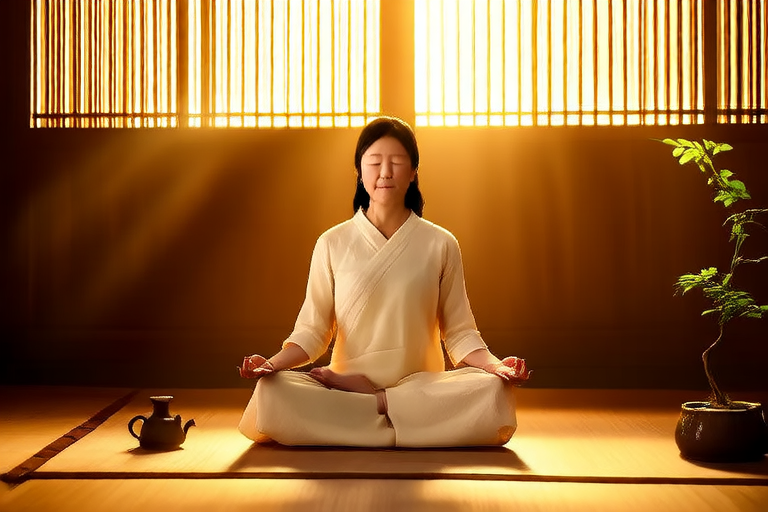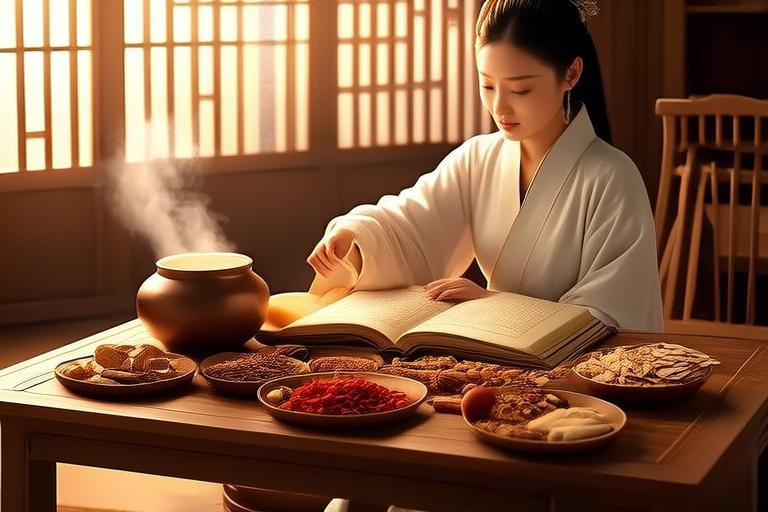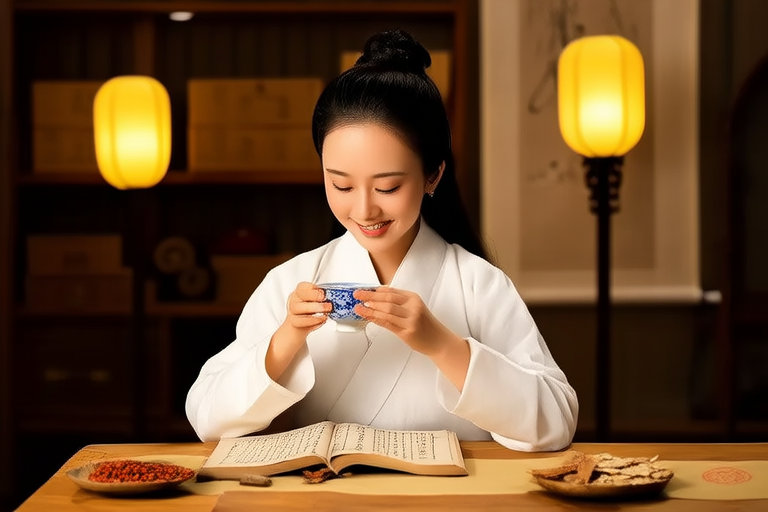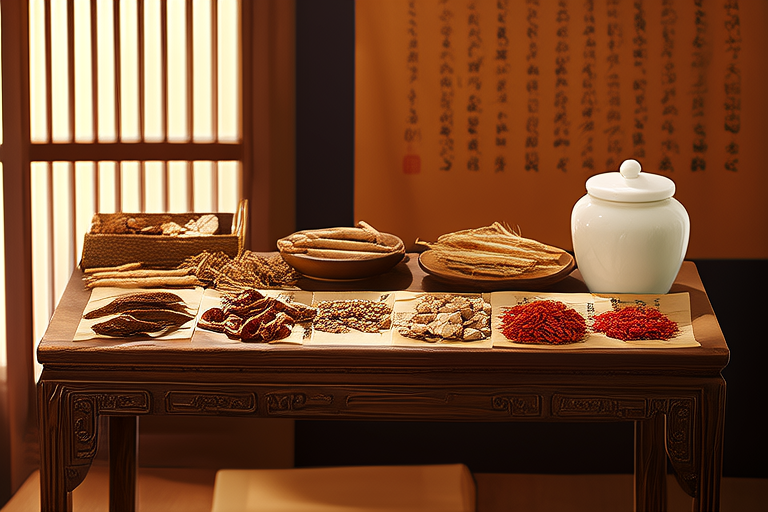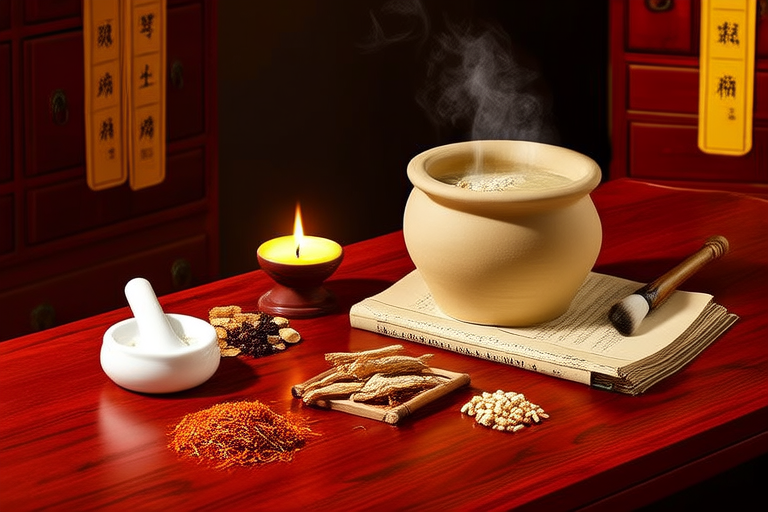Harmonizing Body and Mind: The Art of Health Preservation in Traditional Chinese Medicine
Introduction
Traditional Chinese Medicine (TCM) is a holistic healing system that has been practiced for thousands of years, offering profound insights into the interconnectedness of the body, mind, and environment. Unlike Western medicine, which often focuses on treating specific symptoms or diseases, TCM emphasizes maintaining balance and harmony within the individual as a whole. At its core, TCM operates on the principle that health arises when the body’s internal systems are in equilibrium with each other and with the external world. This ancient practice views illness not merely as a physical ailment but as a disruption of this delicate balance, making prevention and preservation of health central to its philosophy.
Central to TCM’s approach is the idea that the body and mind are inseparable, working together in a dynamic relationship. By nurturing both physical and mental well-being, TCM seeks to prevent disease before it manifests and promote longevity through natural means. This article explores the key principles and practices of TCM that contribute to health preservation, including balancing Yin and Yang, cultivating Qi, applying the Five Elements theory, and integrating dietary therapy, acupuncture, herbal medicine, and mind-body practices like Tai Chi and Qigong. These methods collectively aim to harmonize the body and mind, fostering a state of sustained well-being.
Main Body
Balancing Yin and Yang
One of the foundational concepts in TCM is the balance between Yin and Yang, two complementary forces that govern all aspects of life. Yin represents qualities such as coolness, stillness, and nourishment, while Yang embodies warmth, activity, and energy. Health is achieved when these forces are in harmony; illness arises when one becomes excessive or deficient relative to the other. For example, an imbalance where Yang dominates might manifest as inflammation or hyperactivity, while an excess of Yin could lead to fatigue or sluggishness.
To restore balance, TCM practitioners may recommend lifestyle adjustments, dietary changes, or therapeutic interventions tailored to the individual’s unique constitution. By addressing the root cause of imbalance rather than merely alleviating symptoms, TCM offers a proactive approach to health preservation.
The Role of Qi: Energy Flow
Another cornerstone of TCM is the concept of Qi (pronounced “chee”), often translated as vital energy or life force. Qi flows through pathways in the body known as meridians, nourishing tissues, organs, and systems. When Qi flows freely, the body remains healthy and resilient; blockages or deficiencies in Qi can lead to pain, illness, or emotional distress.
Practices such as acupuncture and Qigong focus on regulating and enhancing the flow of Qi. Acupuncture involves inserting fine needles into specific points along the meridians to clear obstructions and stimulate healing. Qigong, a gentle movement practice combined with breathwork and meditation, helps cultivate and circulate Qi throughout the body. By ensuring optimal Qi flow, individuals can maintain vitality and ward off disease.
The Five Elements Theory
The Five Elements theory—Wood, Fire, Earth, Metal, and Water—provides another framework for understanding health in TCM. Each element corresponds to specific organs, emotions, seasons, and functions within the body. For instance, Wood relates to the liver and gallbladder and is associated with growth and flexibility, while Water pertains to the kidneys and bladder and symbolizes wisdom and adaptability.
This theory highlights the interconnectedness of various bodily systems and their alignment with natural cycles. Practitioners use it to diagnose imbalances and guide treatment plans. For example, someone experiencing anger or frustration might have a Wood-related imbalance affecting their liver, prompting recommendations for calming activities, dietary adjustments, or herbal remedies to restore equilibrium.
Dietary Therapy
In TCM, food is considered medicine, and dietary therapy plays a crucial role in health preservation. Foods are classified according to their energetic properties—hot, warm, neutral, cool, or cold—and their ability to tonify or reduce specific types of Qi. For example, ginger and garlic are warming foods that boost circulation, while cucumber and watermelon are cooling and help dispel heat from the body.
A personalized diet based on an individual’s constitution and current health status can support overall wellness. Seasonal eating is also emphasized, encouraging people to consume foods that align with the prevailing climate to maintain balance. By nourishing the body with appropriate foods, TCM aims to strengthen immunity, regulate digestion, and sustain long-term vitality.
Acupuncture and Herbal Medicine
Acupuncture and herbal medicine are two of the most widely recognized modalities in TCM. Acupuncture, as mentioned earlier, targets specific acupoints to influence Qi flow and address various conditions ranging from chronic pain to stress-related disorders. It is particularly valued for its ability to promote relaxation, improve sleep, and enhance overall well-being.
Herbal medicine, meanwhile, utilizes plant-based formulas tailored to individual needs. Common ingredients include ginseng for boosting energy, astragalus for immune support, and licorice root for soothing inflammation. These herbs are often combined into teas, powders, or capsules designed to address underlying imbalances and restore harmony. Both acupuncture and herbal medicine exemplify TCM’s commitment to natural, non-invasive treatments that prioritize prevention over cure.
Mind-Body Practices: Tai Chi and Qigong
Tai Chi and Qigong are ancient mind-body practices that integrate slow, deliberate movements with deep breathing and mental focus. These exercises are renowned for their ability to reduce stress, improve flexibility, and enhance physical strength. They also serve as powerful tools for cultivating inner peace and mindfulness, aligning perfectly with TCM’s emphasis on mental and emotional health.
Regular practice of Tai Chi or Qigong can help regulate Qi, calm the nervous system, and foster a sense of connection between the body and mind. Whether performed individually or in group settings, these practices offer accessible ways to incorporate TCM principles into daily life, promoting resilience and balance.
Conclusion
Traditional Chinese Medicine offers a timeless blueprint for achieving and maintaining health by harmonizing the body and mind. Its holistic approach underscores the importance of balance—whether through balancing Yin and Yang, optimizing Qi flow, or adhering to the Five Elements theory. By embracing practices such as dietary therapy, acupuncture, herbal medicine, and mind-body disciplines like Tai Chi and Qigong, individuals can take proactive steps toward preventing illness and sustaining vitality.
In today’s fast-paced world, where stress and chronic conditions are prevalent, integrating these ancient practices into modern life holds immense value. TCM teaches us to listen to our bodies, honor natural rhythms, and nurture ourselves holistically. As we strive for greater well-being, the wisdom of TCM serves as a reminder that true health stems from harmony—not just within ourselves but also with the world around us. By adopting its principles, we can embark on a journey toward lasting health and fulfillment.






